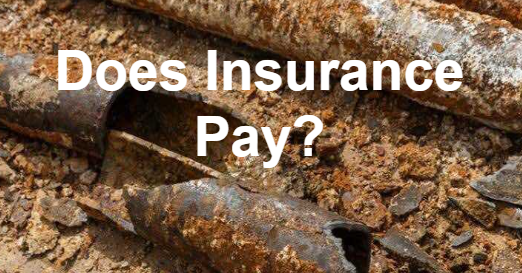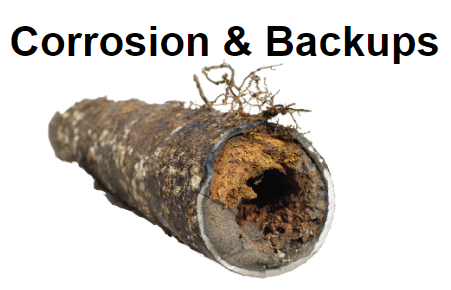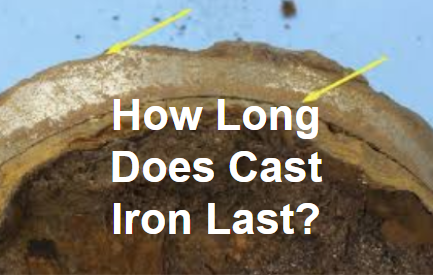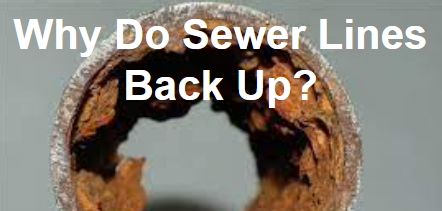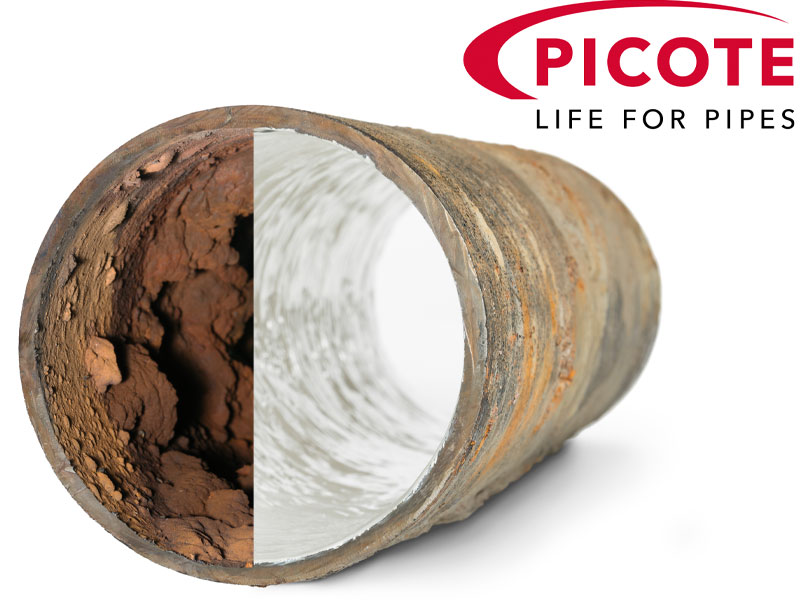Considerations When Comparing Pipe Lining Vs Pipe Replacement

DON’T DESTROY YOUR HOME!
COST EFFECTIVE
Replacing pipes is 50% to 75% more expensive than lining them. Lining is a non-invasive process. There is no destruction to buildings or landscape. Reconstruction costs for repiping can be 60% of direct pipe repair costs and epoxy lining eliminates the need for reconstruction. Over time, up to 75% of the original flow capacity can be lost as result of corrosion leading.
SAFE AND DURABLE
Our pipe lining materials are approved by the National Sanitary Foundation (NSF) that validates anything relating to human food consumption. The odorless resins are also approved by the Environmental Protection Agency (EPA) since the liners are used to restore rain drains and culverts that send runoff into lakes and the ocean where fish and other life forms exist. It is also approved by IAPMO which was started in 1936 and is a third-party listing agency specializing in plumbing and mechanical products. Testing engineers estimate the life expectancy of the epoxy is roughly 50 years.
MINIMAL DOWNTIME
In all cases, epoxy lining takes a fraction of the time of traditional repiping methods.
MINIMAL DISRUPTION AND NO OCCUPANT DISPLACEMENT
Our pipe restoration process is quick, quiet, non-invasive, and rarely requires displacement of a building’s occupants. When needed, we stop service in a pipe for a few hours only.
VERSATILITY
Cured in place pipe lining is a new inner load-bearing pipe, The old host pipe can deteriorate completely and the liner will remain open.Epoxy lining can be applied in any metal pipe in any building, structure, or environment, above or below ground. This approach is used in the piping systems of hotels, high-rise condominiums, hospitals, restaurants, airports, schools, museums, U.S. Navy ships and commercial and industrial businesses. Our solution is available for potable water pipes as well as hot water re-circulation systems, fire sprinkler and fire suppression systems, chiller lines and HVAC systems.




